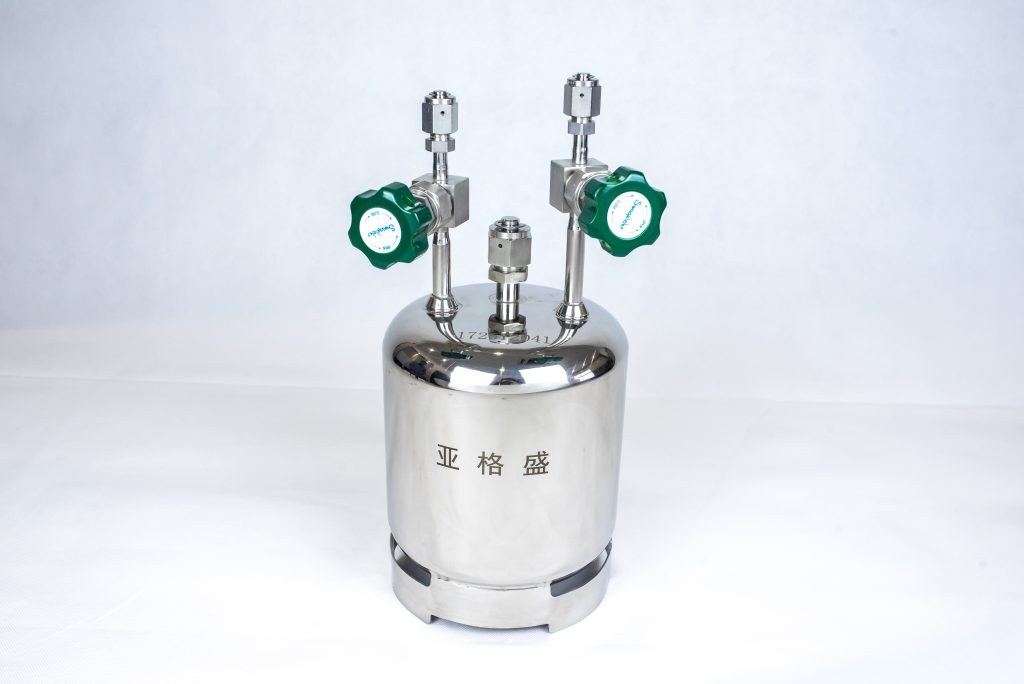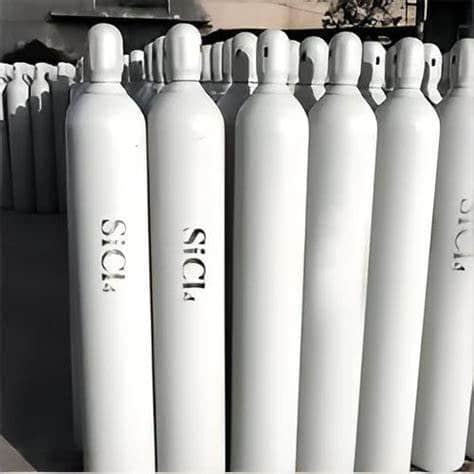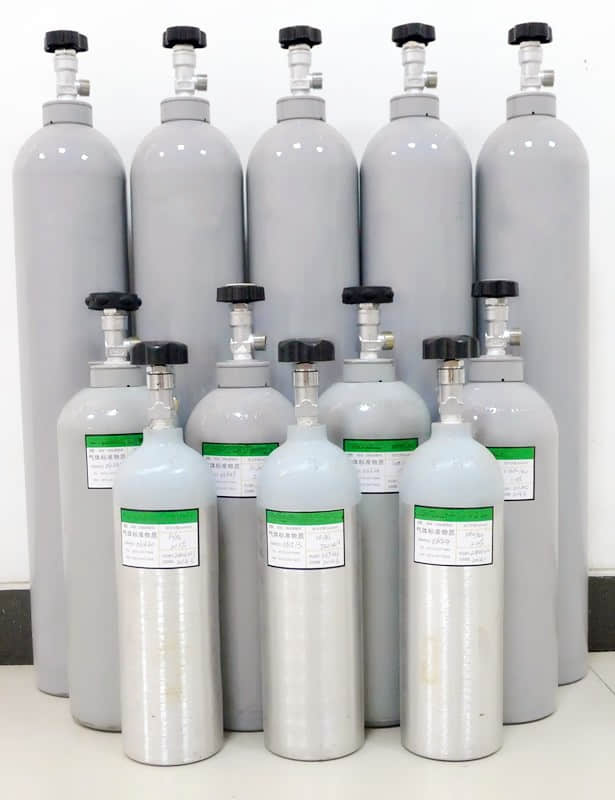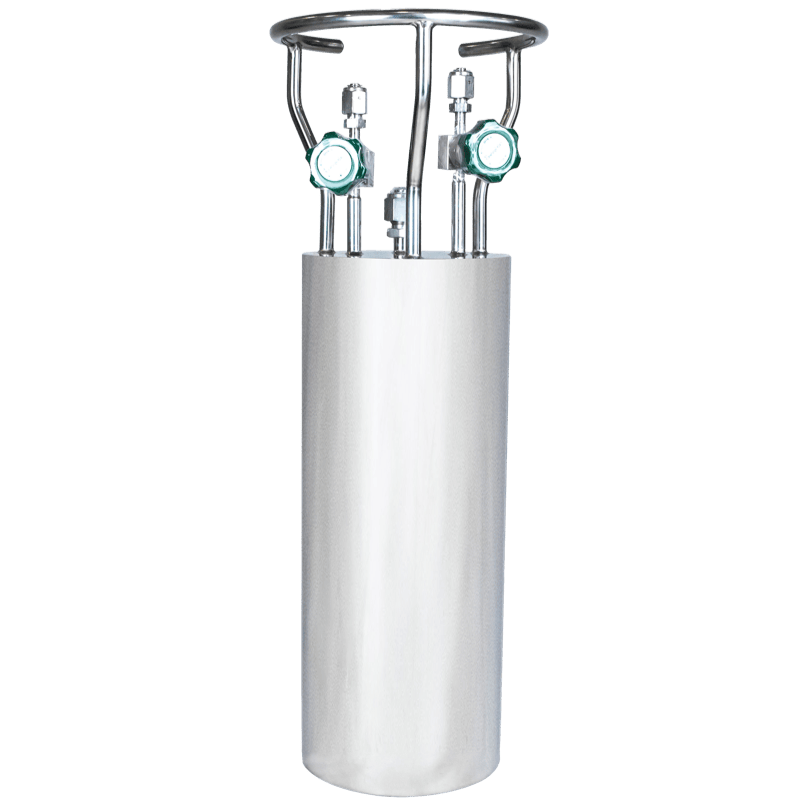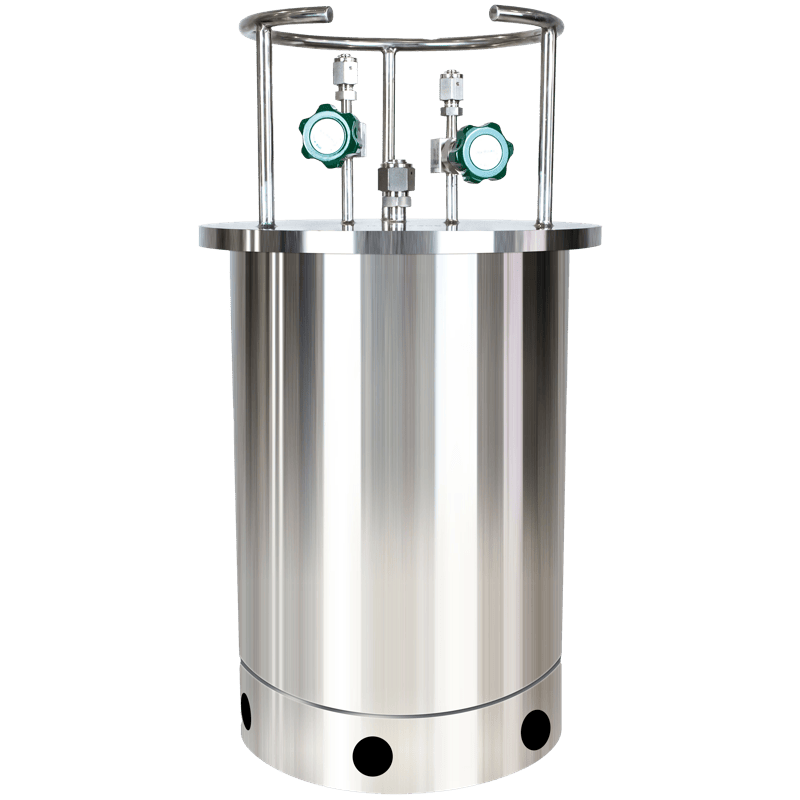1. Product Introduction
Name: DIPAS
Molecular formula: C6H17NSi
2. Physical and chemical properties
Appearance and characteristics: colorless and transparent liquid
Odor: Organic amine odor
Melting point: < 0 ℃
Boiling point: 117 ℃
Density: 0.76g/cm3 (20 ℃)
Solubility: Reacts violently with alkaline water. Missoluble in saturated hydrocarbons and aromatics.
Flammability: Flammability
3. Storage conditions
Store in a cool, dry, and well ventilated warehouse.
To prevent physical damage to the container, the storage temperature should not exceed 51 ℃ (125 ° F)
Prevent direct sunlight. It should be stored separately from oxidants, acids, bases, alcohols, etc., and should not be stored together.
The lighting and ventilation facilities inside the storage room should be explosion-proof, with switches located outside the warehouse.
Equipped with dry yellow sand, fire blankets, dry powder fire extinguishers and other fire-fighting equipment. Prohibit the use of mechanical equipment that is prone to generating sparks
And tools.
4. Safety warning
Product status
Severe burns caused by skin contact. It has a stimulating effect on the upper respiratory tract and conjunctiva, and can cause pulmonary edema in severe cases.
Hazardous characteristics
Intense reaction with water releases flammable gases, which can cause combustion and explosion.
Saving method
The product should be placed in a sealed stainless steel container and operated in an inert gas to avoid contact with water and air.
Take protective measures (such as gloves, goggles, and face shields) when operating steel cylinders with the human body.
Fire extinguishing methods
Dry yellow sand, stones, fire blankets, and dry powder fire extinguishing agents. Water, carbon dioxide and foam are strictly prohibited.
Leakage emergency response
Isolate the contaminated area of the leakage, evacuate unrelated personnel, stay away from the leakage area, and be upwind. Emergency response personnel should wear
Wear a breathing mask and full body protective clothing to avoid inhaling vapors, smoke, gases, or dust. While ensuring safety
In this case, take measures to prevent further leakage or overflow. When there is a small amount of leakage, dry sand or inert adsorbent materials can be used
Absorb the leaked material and build embankments to control a large amount of leakage. Attached or collected materials should be stored in suitable sealed containers,
And dispose of it according to relevant local laws and regulations. Remove all ignition sources and use fire-resistant tools and explosion-proof equipment.
Health hazards
Severe burns caused by skin contact. It has a stimulating effect on the upper respiratory tract and conjunctiva, and can cause pulmonary edema in severe cases.
5. Product specifications (key elements)
Electronic Grade
| Assay | Spec | Unit |
| Al | 75 | ppb |
| Ca | 75 | ppb |
| Cu | 75 | ppb |
| Fe | 75 | ppb |
| Ga | 75 | ppb |
| K | 75 | ppb |
| Li | 75 | ppb |
| Mg | 75 | ppb |
| Mn | 75 | ppb |
| Na | 75 | ppb |
| Ni | 75 | ppb |
| Sn | 75 | ppb |
| Ti | 75 | ppb |
| Zn | 75 | ppb |
| Assay | 99.5 | % |
| Purity | 99.999 | % |

